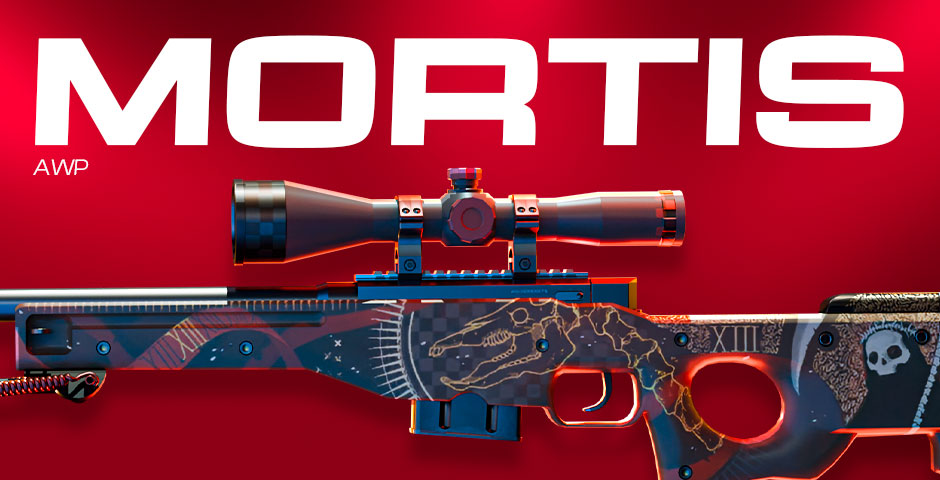79tka Insights
Your go-to source for the latest news and information.
From AWP to MVP: Navigating the CS2 AWPer Role with Flair
Master the CS2 AWPer role with flair! Discover tips, tricks, and strategies to elevate your gameplay from AWP to MVP in our latest guide.
Mastering the Art of the AWP: Tips and Tricks for CS2 Success
Mastering the art of the AWP (Arctic Warfare Police) in CS2 is crucial for any player aiming to elevate their gameplay. The AWP is renowned for its one-shot kill capability, making it a favorite among sharpshooters. To truly excel with this weapon, players must focus on improving their aiming skills and understanding the mechanics of the gun. Start by practicing in aim training maps to enhance your precision. Additionally, it’s important to manage your movement—standing still while taking a shot significantly increases accuracy, so learn to position yourself strategically to maximize effectiveness.
Another invaluable tip for using the AWP in CS2 is to utilize cover effectively. Always be aware of your surroundings; use walls and objects to shield yourself while lining up your shots. Furthermore, learning common angles and pre-aiming can give you a crucial edge over your opponents. As you gain confidence, don't hesitate to take risks, such as quick-scoping or even peeking aggressively, but ensure to back this up with solid game sense and map knowledge. By incorporating these tips and consistently practicing, you'll be well on your way to mastering the AWP and achieving success in your CS2 matches.

Counter-Strike, a highly popular tactical first-person shooter, has captivated players since its release. With its competitive gameplay and strategic elements, many players seek ways to enhance their experience. For those interested in improving their skills, understanding how to fast forward in cs2 replay can be incredibly beneficial for reviewing matches and analyzing tactics.
The Evolution of the AWPer Role in CS2: Strategies for Dominance
The AWPer role in CS2 has undergone significant evolution, solidifying its importance in the current meta. Initially revered for their ability to secure crucial picks, AWPers are now tasked with adapting to a more dynamic gameplay environment. This shift emphasizes the need for AWPers to master not just their sniping precision but also positioning and communication within their teams. To achieve dominance, players should focus on developing a deep understanding of map control and anti-eco strategies that leverage their sniper’s strengths.
In today's CS2 landscape, successful AWPers employ several key strategies to cement their dominance. Firstly, mastering quick-scoping techniques and using the AWP effectively in various engagements allows players to capitalize on enemy mistakes. Additionally, maintaining flexibility—switching between aggressive and defensive stances depending on the match situation—is crucial. AWPers should also prioritize team synergy, coordinating with fellow players for smoke and flashbang coverage, thus creating opportunities for impactful plays and establishing control over critical areas of the map.
Common Mistakes AWPs Make in CS2 and How to Avoid Them
In Counter-Strike 2 (CS2), players who prefer using the AWP sniper rifle often make fundamental mistakes that can hinder their performance. One common error is failing to maintain proper positioning. AWPs are most effective from long distances; players should avoid close-quarters combat unless absolutely necessary. To capitalize on the strengths of the AWP, it's crucial to find advantageous angles and hold positions that allow for clear sightlines to watch choke points or entry paths. Additionally, players should practice movement techniques to avoid being easy targets while aiming.
Another frequent mistake AWPs make is mismanaging their economy. Holding onto an AWP can be expensive, taking a significant hit on the team’s finances if players are not making impactful kills. To avoid this, it’s important to evaluate the state of the match and make strategic decisions on whether to purchase an AWP or opt for a more economical weapon. Additionally, players should communicate with their team regarding gun drops and discuss when to buy based on the overall team economy, ensuring that the AWP is utilized effectively without jeopardizing the team's financial stability.